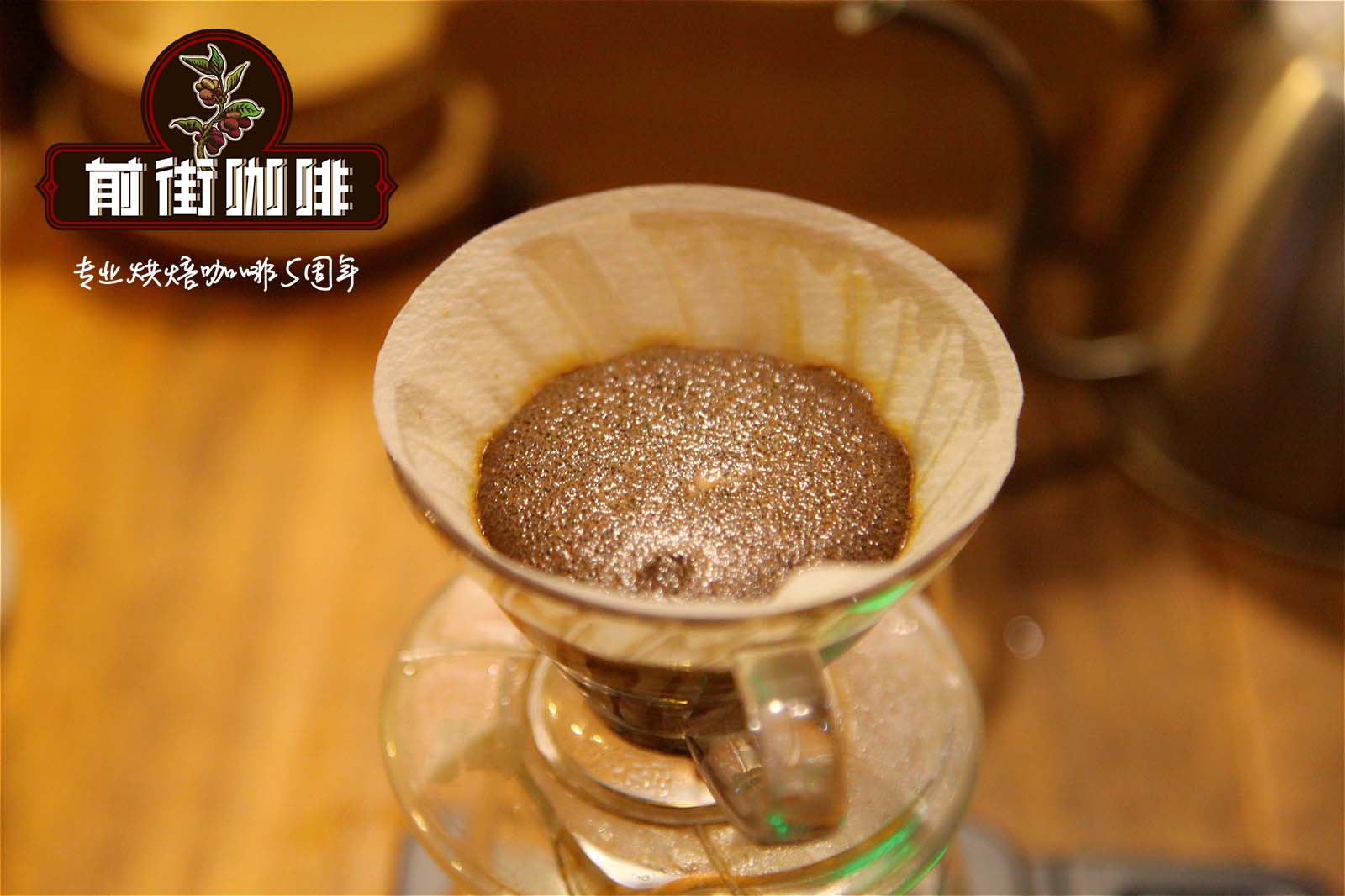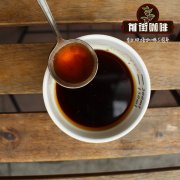Indian monsoon Malaba coffee bean planting processing variety information introduction how to make wind-stained coffee?

Professional coffee knowledge exchange more coffee bean information please follow the coffee workshop (Wechat official account cafe_style)
It is only 1600 years since coffee became the first drink in the world, so the recorded history of coffee is only 400 years similar to that of Taiwan. It is generally recognized that Africa is the home of coffee, originated in Ethiopia and spread around the world from the port of Mocha in Yemen. However, in order to prevent coffee from being grown in other countries, all coffee beans can only be exported after shelling. But Baimi was the first to spread coffee from Muslim areas of Yemen around 1600 (in the 17th century), when BaBa Budan, a pilgrimage to Mecca, hid seven germinating coffee beans in his belly and smuggled them back to his home in southwestern India, thus opening the history of the spread of coffee in the world. And this southwestern India is now the Malaba region (Indian Malaba).
Indian coffee Malaba coffee, or Monsooned Malaba Coffee coffee, has always been popular among Europeans, and this kind of wind-stained coffee is a new flavor created inadvertently. In the 17th and 18th centuries, India shipped coffee beans to Europe by sailboat, which took six months. The raw beans were placed on the bottom of the barn and absorbed the moisture and salty taste of the sea. The raw beans arrived in Europe and had deteriorated. The color changed from dark green to the yellowish brown of rice. The acidity of the coffee almost disappeared, but it unexpectedly developed a strong nutty and shell flavor. It tasted full, with a bit of black rice tea flavor. Nordic people like this kind of golden alternative coffee very much. In 1869, the opening of the Suez Canal and the advent of steamships shortened the sailing time between India and Europe, but customers began to complain that Indian coffee was "stale", losing its charming yellowish and nutty flavor, and orders plummeted. Indian exporters began to study the solution. The original coffee shipped to Europe took more than half of the time to become "transformed" and lost its original flavor, so exporters thought of the salty and wet environment blown by the Indian ocean along the coast of Malaba in southwestern India every year from late May to September. After several experiments, it was made similar to the old golden coffee without acid, so it was named "monsoon coffee", commonly known as wind-stained coffee.
The wind-stained coffee needs to be made with sun-dried beans, and the wind-stained factory faces to the west in order to catch the salty and wet monsoon blowing from the southwest. Coffee beans are laid flat in the wind-soaked field, the windows are all open, and the wind stains can be put into the bag to a certain extent, but the coffee beans cannot be filled too full, and the coffee bags should not be piled too dense to avoid mildew, and it is time-consuming and labor-consuming to pour out coffee beans and replace sacks from time to time to avoid mildew. The weathering period is about 12 to 16 weeks, and after it is ripe, it has to be fumigated to drive out the weevil, and finally the beans are screened manually to pick out the failed beans that have not turned golden. After three to four months of wind stains, the volume of green coffee beans increased by one to two times, the weight and density decreased, the moisture content was about 13%, and the quality and quantity changed significantly.
The first time I drank Indian coffee, Malaba India Monsooned Malaba, my first impression was that ── beans are so big!
It is said that a long time ago, during the shipping of raw coffee beans from India to Europe, the raw beans were affected by the high temperature and moisture in the Indian Ocean. This is the origin of the "wind stain." In addition to the expansion and enlargement of the size of the raw beans after the wind stain, the color has also changed from emerald green to golden yellow. The brewed coffee is said to taste mellow and has a unique taste, which has become a feature of Malaba coffee in India.
Later, "wind stains" became a special treatment of coffee beans.
In May or June every year, monsoon phenomena begin to appear in southwestern India, so when coffee beans are harvested, they are specially placed in the moist southwest monsoon to make use of the moisture and hot weather in the Indian Ocean to stain coffee beans. after 4-16 months of monsoon blowing, the size of the coffee beans began to change from green to golden, and cleverly, the acidity of the beans was also reduced. This is the Monsooned Malabar wind-stained Malaba, also known as the monsoon Malaba.
Indian style besmirch Balama 2
After grinding the Indian style Malaba into powder with a bean grinder, it really smells like Xuanmi tea!
Then, I brew it by hand.
Indian style besmirch Balama 3
The first sip of Indian style Malaba, first let me taste some "pain", fortunately, the bitterness is quickly broken. (laughs)
Coffee tastes very mellow, has a rich sense of fat, very thick, is my biggest impression of it.
Then comes the sweetness: when the coffee goes into the throat, it will be sweet, with a taste of chocolate, and some people say it's black molasses, just like it.
With my weak skills, I can only taste the above taste, as for the nutty and walnut wood flavor, let me slowly experience it next time! He he
This cup of rich fragrant Indian coffee is so stained with Malaba that I don't want to add milk at all, because simply drinking it, the flavor is really good.
Qianjie coffee: Guangzhou bakery, the store is small but a variety of beans, you can find a variety of unknown beans, but also provide online store services. Https://shop104210103.taobao.com
Important Notice :
前街咖啡 FrontStreet Coffee has moved to new addredd:
FrontStreet Coffee Address: 315,Donghua East Road,GuangZhou
Tel:020 38364473
- Prev

Story about the Origin of Indian Monsoon Coffee is Indian Monsoon Coffee good? Flavor characteristics of monsoon coffee
Professional coffee knowledge exchange more coffee bean information please pay attention to the coffee workshop (Wechat official account cafe_style) wind-stained coffee is inadvertently created a new flavor. In the 17th and 18th centuries, India shipped coffee beans to Europe by sailboat, which took six months. The raw beans were placed on the bottom of the barn and absorbed the moisture and salty taste from the sea surface. The raw beans arrived in Europe and went bad in color.
- Next

Costa Rica Aurora Manor introduces how to make Costa Rican coffee? Costa Rican hand punch
Professional coffee knowledge exchange more coffee bean information please follow Coffee Workshop (Wechat official account cafe_style) Aurora Manor is located in the Piedra Candela, Volcan producing area in the northwest corner of Chiriqu province, only two kilometers away from Costa Rica. The Aurora Manor has a total of 31 hectares, of which it is located at an altitude of 1700-1775 meters above sea level and is a rainforest reserve with an altitude of 1485-1700 meters.
Related
- Does Rose Summer choose Blue, Green or Red? Detailed explanation of Rose Summer Coffee plots and Classification in Panamanian Jade Manor
- What is the difference between the origin, producing area, processing plant, cooperative and manor of coffee beans?
- How fine does the espresso powder fit? how to grind the espresso?
- Sca coffee roasting degree color card coffee roasting degree 8 roasting color values what do you mean?
- The practice of lattes: how to make lattes at home
- Introduction to Indonesian Fine Coffee beans-- Java Coffee producing area of Indonesian Arabica Coffee
- How much will the flavor of light and medium roasted rose summer be expressed? What baking level is rose summer suitable for?
- Introduction to the characteristics of washing, sun-drying or wet-planing coffee commonly used in Mantenin, Indonesia
- Price characteristics of Arabica Coffee Bean Starbucks introduction to Manning Coffee Bean Taste producing area Variety Manor
- What is the authentic Yega flavor? What are the flavor characteristics of the really excellent Yejasuffi coffee beans?

